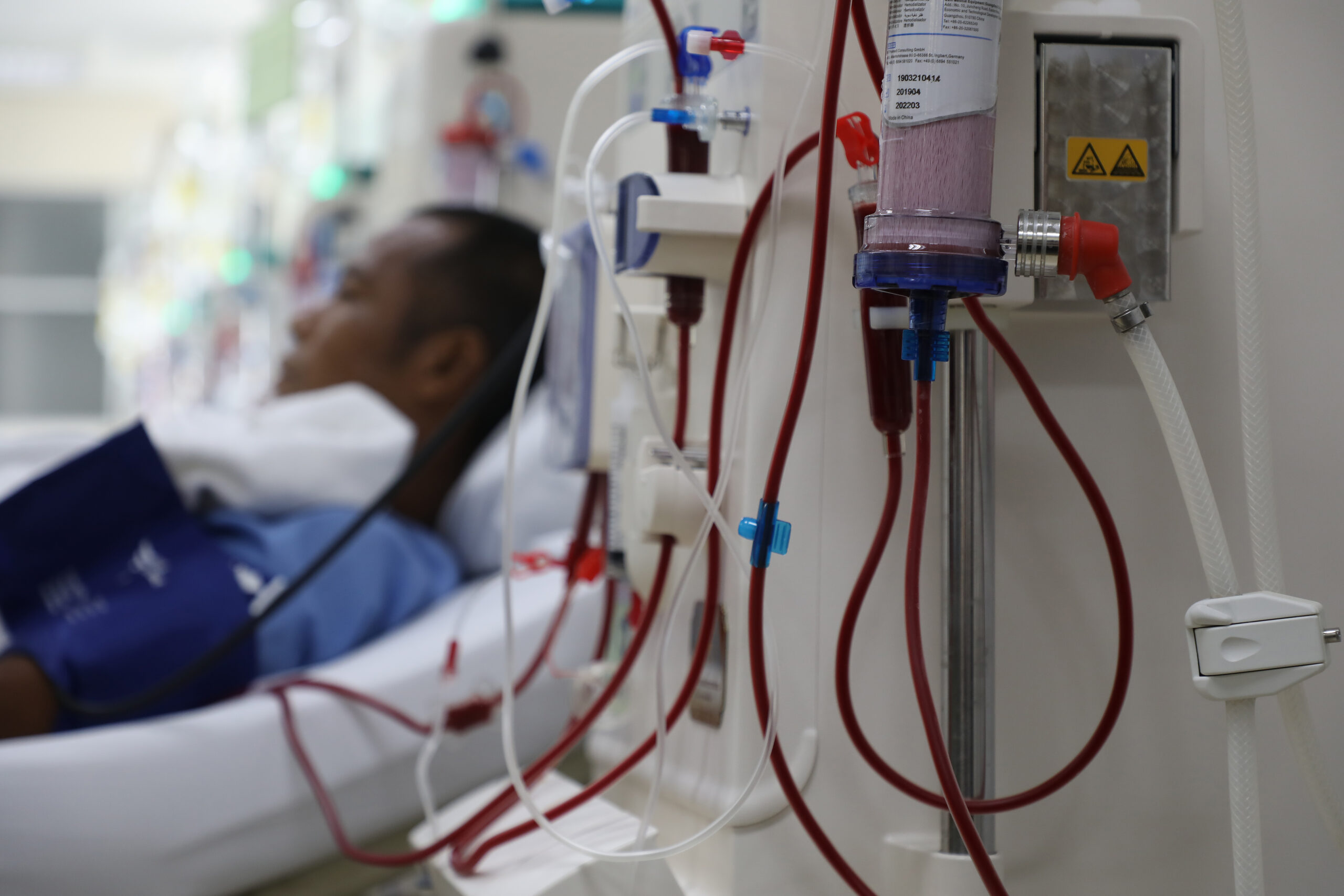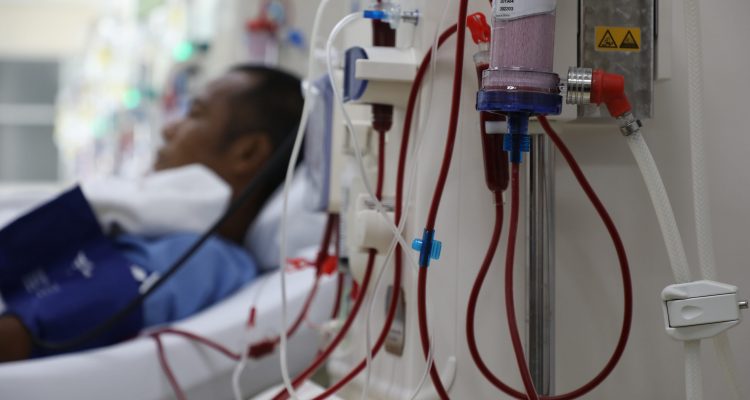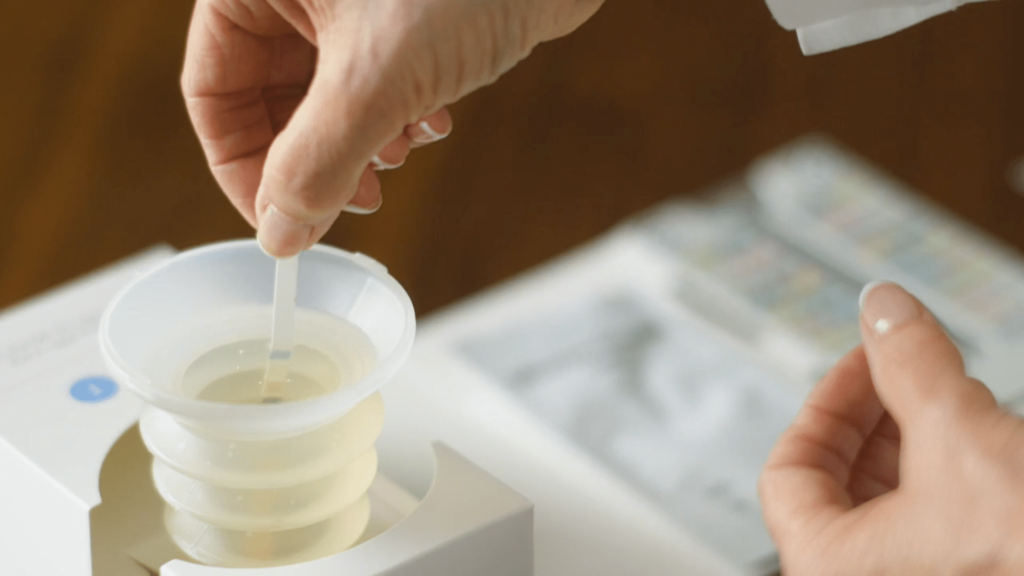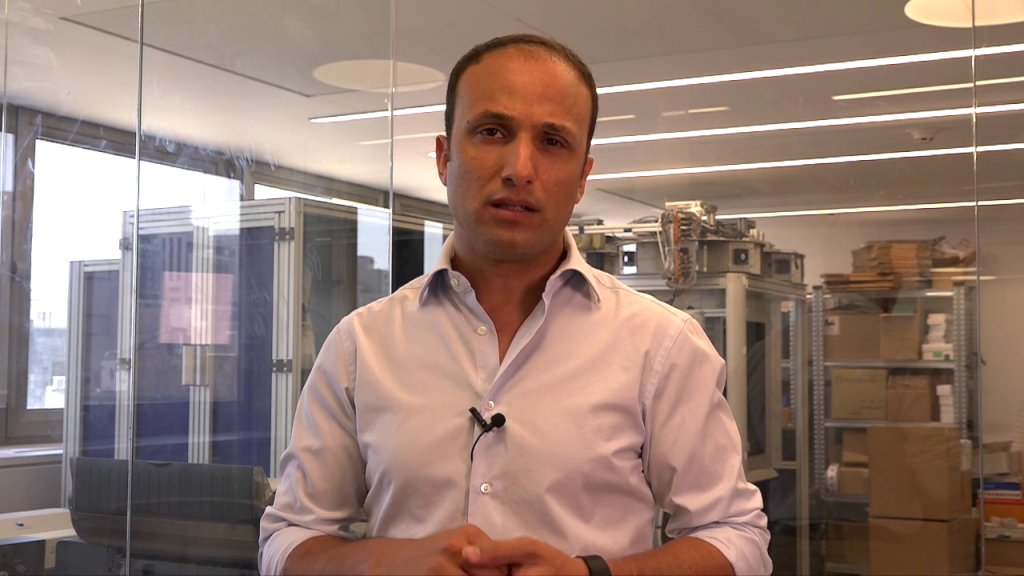Since launching in the UK four years ago, over 250,000 people at risk for chronic kidney disease (CKD) have been enrolled in our service as part of the NHS Accelerated Access Collaborative. 800 GP clinics in the UK have already used our service, which has been successfully used by people aged 18 to 105. More than 40% of people have been found to have abnormal or high abnormal results, indicating that they might have CKD.
Our test categorises albuminuria according to KDIGO guidelines (which have been adopted by NICE) in terms of A1 (normal), A2 (abnormal), and A3 (high abnormal). For some, early detection of the condition can prevent end-stage renal disease (ESRD) and enable people to avoid dialysis or kidney transplants down the road.
The results have been astounding.
As we continue to scale nationally in the UK, I want to share what we have learned from more than 140,000 people who have already tested, and the long-term impact that smartphone-powered ACR testing can have on the NHS based on the Healthy.io ESRD Calculator we created.
The results:
- Home testing using our smartphone-enabled kits increased the proportion of people at risk who completed their test from 0% to 55% – in a population who hadn’t completed an annual urine test in the previous year.
- Our service can avoid 19,767,072 hours of dialysis per 1.4 million people in the UK (total number of untested people living with diabetes in the UK).
- This translates to cost savings of £696,916,000 per year, or roughly £3,484,580,000 in five years.
- Even conservative estimates — in which only 50% of people with high abnormal or abnormal results seek additional care — yield a significant impact. In this case, 11,627,616 hours of dialysis per 1.4 million people would be avoided, translating to cost savings of £409,948,000 per year, or roughly £2,049,740,000 over 5 years.
- Successful healthtech must have a population-level impact, and not offer niche value for a small subset of affluent, young, or urban patients. We found that completion of ACR home testing in the most deprived areas in the UK increased to 53% from 0% amongst people who previously hadn’t tested. Additionally, deployment of our home testing service has also given older people, who have not otherwise tested, access to kidney testing: 74% of users were over 50 years old and amongst 70-80 year olds who had previously not tested for 12 months, 40% undertook the test digitally.
- Healthtech solutions must have real clinical value and have regulatory oversight. Wellness apps can’t, and won’t, solve the public health challenges of our time.
We are making ambitious claims. That’s because we have the experience and evidence to support our vision: to bring our home ACR kits to every at-risk person in the UK and to revolutionize the way chronic conditions are monitored.
I challenge you to test our calculator below, and to check out our comprehensive citations. I also invite you to reach out to me on Twitter (@YonatanAdiri) if you want to continue this conversation.
How we reached these conclusions: citations and assumptions
The Healthy.io ESRD Calculator relies on specifics around the average number of hours of dialysis per session (4), number of sessions per week (3), the cost per hour for dialysis (£35), and the dialysis cost per year (£22,000).
[healthy-calculator-shortcode]
When looking at a sample pool of 1.4M people at risk for CKD who didn’t complete a recommended annual ACR test in the year prior, we apply our adherence rate of 55% to conclude that 770,000 will complete our home test.
To calculate how many people will have abnormal or high abnormal results, we rely on internal data that we have analyzed from more than 140,000 people in the UK who have completed our test. This data has shown us that 6% of people receive high abnormal results, 32% of people receive abnormal results, and 62% of people receive normal results. Using established guidelines, we assume that 38% of people with high abnormal scores will progress to end-stage renal disease (ESRD), and that 8% of people with abnormal scores will progress to ESRD.
We then assume that 85% will seek further care. We based this on two things. The first is patient motivation to get care after abnormal results. Second, because our service is fully integrated with the NHS EMR, clinicians automatically receive these results, and we believe will actively reach out to their patients who have abnormal and high abnormal results for continued care. Feel free to challenge this assumption — you’ll still see large-scale cost savings and hours of dialysis averted. Based on all of these calculations, the pool of 1.4M people who are at risk for CKD and didn’t complete an ACR test in the year before will result in the prevention of 31,678 cases of ESRD.
To calculate hours averted per 1.4M people: We calculate the hours averted by multiplying 31,678 (the number of cases of ESRD averted) * 52 (number of weeks per year) * 3 (dialysis sessions per week) * 4 (hours of dialysis per session).
To calculate cost savings per 1.4M people: Cost savings is calculated by multiplying £35 (cost per hour of dialysis) * hours averted.






